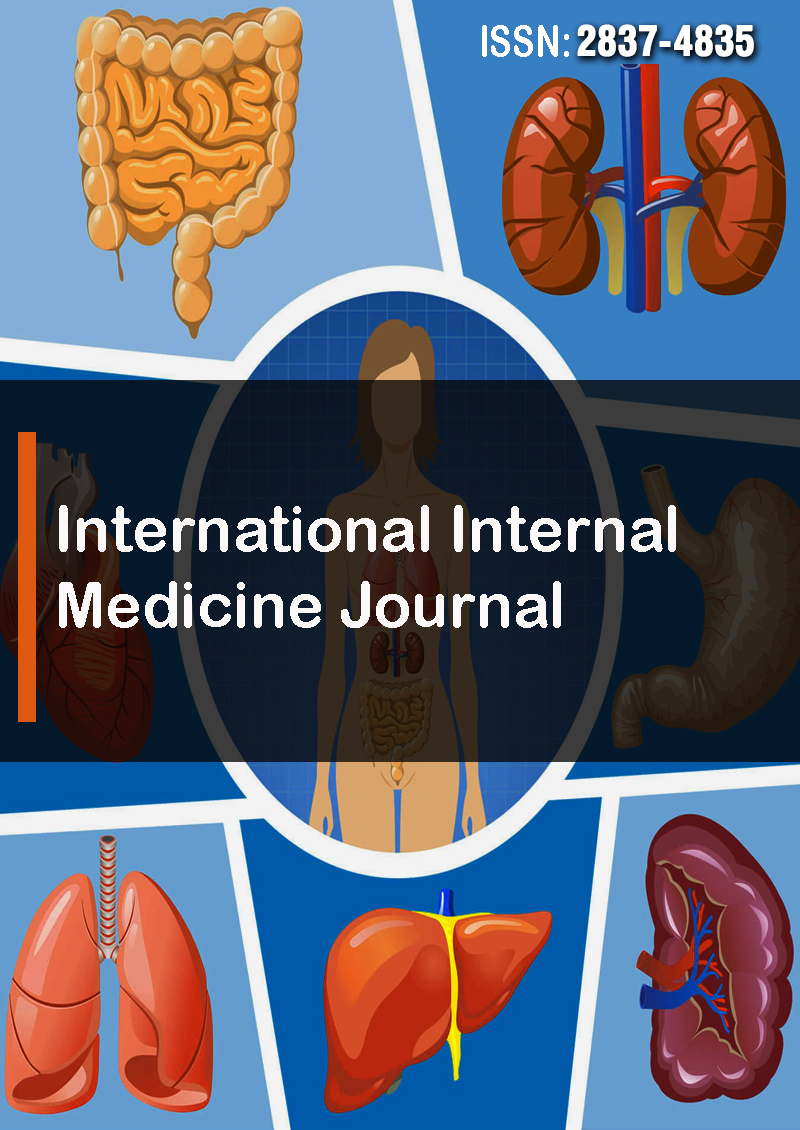Role for Environmental Factors on the Relationship Between Seasons of Conception and Preterm Birth: An Observational Study in China
Abstract
Yuxiu Liang, Zhaojun Wang, Shuoxin Bai, Shuang Du, Xiaodong Zhao, Shaoqian Lin and Zhiping Wang
Background: The relationship between season and the risk of preterm birth is not consistent. Importantly, the role of environmental factors in it is not clear.
Methods: Based on the baseline of the Jinan birth cohort, the mothers from the birth cohort were the subjects, and they were interviewed face-to-face by the questionnaire. The individual exposure levels of temperature and humidity during the first 30 days of pregnancy were calculated by an inverse distance weighting method. The effect of season on the risk of preterm birth was obtained by logistic regression model, and the mediating effect of environmental factors in the association between season and preterm birth was obtained by sequential test.
Results: A total of 4.4 % (263/5984) of mothers had premature children. The rates of preterm birth were higher in winter (6.0 %) and summer (4.5 %) than that in spring (3.1 %). In the multivariable logistic regression model, the adjusted odds ratio and 95 % confidence interval for the risk of preterm birth at conception in winter and summer were 2.228 (1.512-3.316) and1.541 (1.055-2.277). However, after further adjustment for humidity, only the association between winter conception and preterm birth remained statistically significant (OR: 2.353, 95% CI: 1.594-3.511). Moreover, the humidity partially mediated the relationship (41.2 %) between conception in winter and preterm birth, and humidity in winter was negatively associated with the risk of preterm birth (indirect effect = -0.007, P < 0.001).
Conclusions: For women living in the temperate regions, conception in summer and winter may increase the risk of preterm birth, and this association persisted in winter after adjusting for environmental factors. During the first 30 days of pregnancy, lower levels of humidity exposure in winter contributed to and mediated the relationship. The results may provide epidemiological evidence for pregnancy planning and care of women from the perspective of environmental factors.



